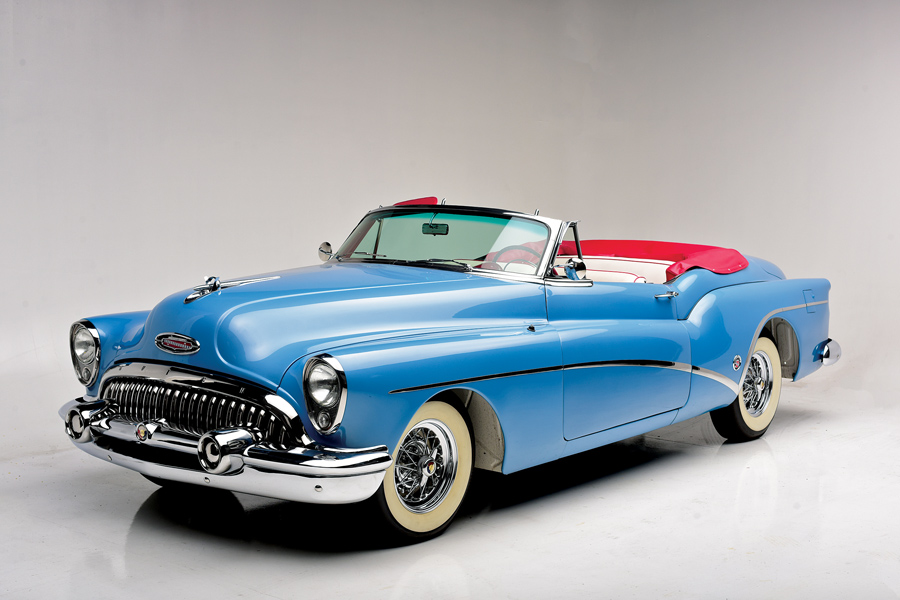This Motorama-inspired Buick Skylark has undergone a comprehensive nut-and-bolt restoration. It is finished in correct and desirable Reef Blue. Powered by a 322-ci V8 engine with automatic transmission, it’s fully sorted and ready to drive.
Carl Bomstead
Carl Bomstead is a longtime Pebble Beach Concours d’Elegance judge and Classic Car Club of America Master Judge. He wrote his first story for SCM in February 1997.
